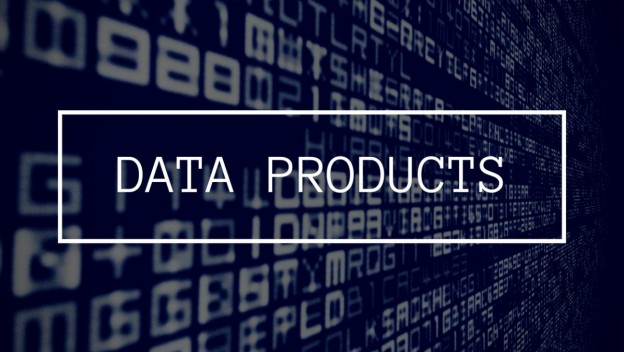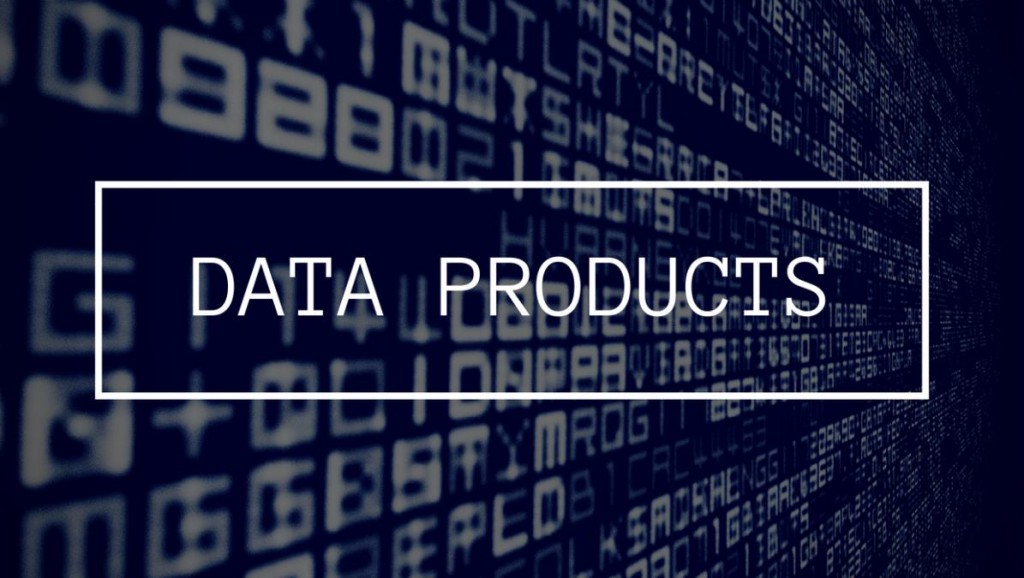[vc_row][vc_column width=”1/1″][vc_column_text]Today, we see discussions on big data everywhere. Big data – which we were promised in 2011, when this hype started – surrounds all of us and will lead to new products – DATA PRODUCTS. Those who are able to spot and build new data products will become the leaders in the industry, in the same way that Google became the leader of all search engines, Amazon became the leader of online retail, and so on. But as it turns out, life is never as simple as one would hope. What is a data product, actually?
What Is A Data Product?
I have been analyzing many startup companies and data-driven products, and have found that data is used in three essential ways (Tweet this).
- Data used for benchmarking
- Data used for recommendation systems
- Data used for predictions
Benchmarking
Benchmarking is the most common way we use data today. It is also the easiest way. We have all known how to benchmark since the first grade. What does an A-grade or a D-grade mean? Nothing – at least, it means nothing as long as you do not view those grades in relation to others. Benchmarking is an old concept; what is new is that we can measure almost every process within a modern company. Call centers measure who picks up the phone faster, online retailers measure everything via A/B tests, and recruiting departments monitor the close rate for applicants over time. Take LinkedIn – at their core, a data-driven company. They have several hundred different dashboards, all benchmarking numbers in time series, across businesses, countries, and so on.
As the benchmark industry matures, we see two major developments. On one hand, the actual platform retrieving and displaying data becomes easier to be used (here, you can read about how data is demystified). LinkedIn, for example, built its own platform to display data (See Jonathan Wu’s presentation at the Strata in NY). But there are other commercial ones out there, such as DOMO, Tableau and LOOKER. The basic idea is: “Data for the people.” Why? In order to benchmark.
The second development we see is data marts. Not every company has compiled a vast amount of data – particularly, young startups. Surely there are many data providers that would allow you to enrich your own data. Take Acxiom or Alliant – they supply behavioral, demographic, and financial data. But, the ability to benchmark your own data is limited because the data is bought. To benchmark data, a new approach is needed. A good example of a good approach is compass.co, a service that compares your very own data with similar in the same market (Disclaimer: I am an advisor to Compass.co).
Benchmarking data is the simplest solution of the three if you are looking to create value, and insights generated from benchmarks can be impressive. Mark Duggan et al. benchmarked, for example, the theoretical expected distribution of losing and winning Sumo matches with the actual reality. Through this kind of research, corruption in wrestling became apparent. During the world championship in soccer, the Economist used benchmarking to show all goals ever scored in a benchmark (see the full picture here). This benchmark is not as nice and actionable as Duggan’s, but at least it tells you that the 18th and the 75th minute are the most ball-rich ones. Thus, these are not the best times to step out of the room.
Read more about this in my next post: I will talk more about recommendation systems and why they have contributed the most to the current hype of big data.[/vc_column_text][/vc_column][/vc_row]

